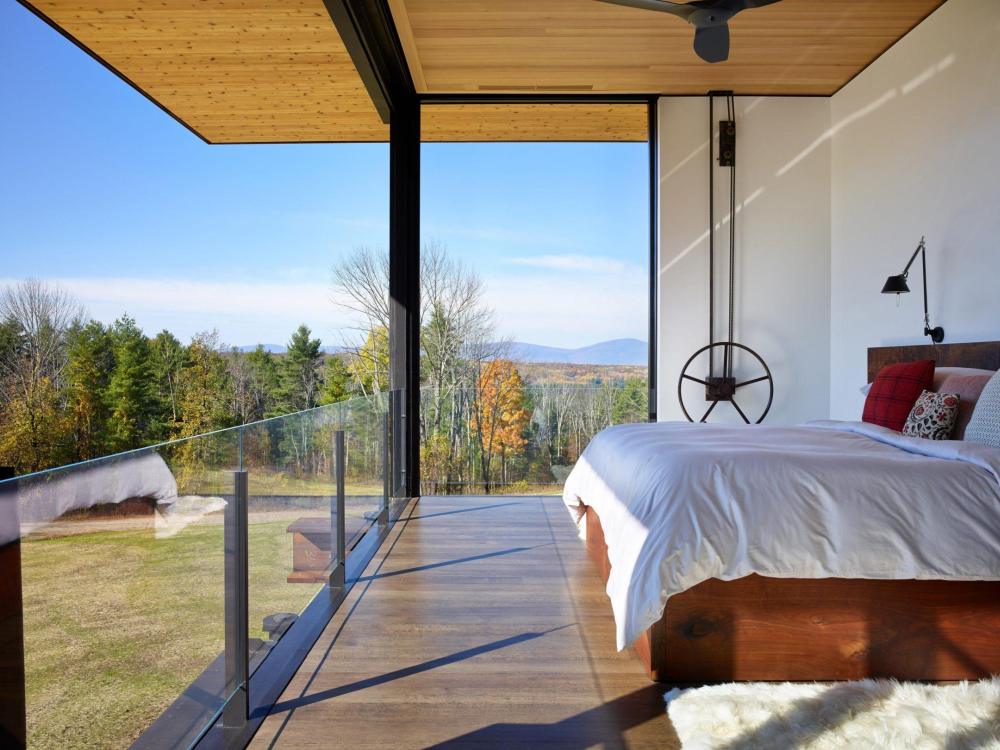Today, we delve into a fascinating topic that combines two crucial pillars: architecture and sustainability. Eco-tech architecture, a revolutionary concept that combines cutting-edge technology with environmentally friendly practices, is shaping the way we build our future. So, let’s dive into the world of Eco-tech architecture and explore its many advantages and applications.
Eco-tech architecture, also known as sustainable or green architecture, is an innovative approach that aims to minimize the environmental impact of buildings while enhancing the overall quality of life for its occupants. By integrating advanced technologies and sustainable design principles, eco-tech buildings strive to achieve energy efficiency, reduce carbon emissions, and create healthier and more comfortable living and working spaces.

One of the key features of eco-tech architecture is the use of renewable energy sources. The integration of solar panels, wind turbines, and geothermal systems allows buildings to generate their own clean energy. This reduces dependence on fossil fuels and minimizes the carbon footprint of the structure. These energy-efficient practices not only help combat climate change but also lead to substantial cost savings for building owners and occupants in terms of energy bills.
Additionally, eco-tech architecture takes advantage of natural resources to achieve optimal thermal comfort and lighting conditions within buildings. Designs often incorporate passive strategies, such as the strategic positioning of windows and green roofs, to ensure natural light and ventilation. This not only reduces the need for artificial lighting and mechanical ventilation, but it also creates healthier indoor environments by enhancing air quality.

Furthermore, eco-tech architecture often implements innovative material choices and construction methods to minimize environmental impact. The use of recycled and locally sourced materials, as well as low-emission building products, reduces waste and resource consumption. Additionally, sustainable water management strategies, such as rainwater harvesting and greywater recycling, contribute to reducing water consumption and preserving this valuable resource.
Eco-tech architecture goes beyond just the construction process; it also emphasizes the long-term sustainability and adaptability of buildings. Designs focus on flexibility and modularity, allowing for easy modifications and repurposing to accommodate future needs. This ensures the longevity of the structure, reducing the need for demolition and rebuilding, which further reduces waste generation.

In conclusion
eco-tech architecture represents a significant shift towards sustainable and future-proof building practices. The integration of advanced technologies, renewable energy sources, sustainable materials, and adaptable designs not only benefits the environment but also enhances the quality of life for individuals and communities. As our world faces increasing challenges related to climate change and resource depletion, embracing eco-tech architecture paves the way for a greener, more sustainable future.
Thank you for joining us on this journey into the realm of eco-tech architecture.









